
- Generative AI - Home
- Generative AI Basics
- Generative AI Basics
- Generative AI Evolution
- ML and Generative AI
- Generative AI Models
- Discriminative vs Generative Models
- Types of Gen AI Models
- Probability Distribution
- Probability Density Functions
- Maximum Likelihood Estimation
- Generative AI Networks
- How GANs Work?
- GAN - Architecture
- Conditional GANs
- StyleGAN and CycleGAN
- Training a GAN
- GAN Applications
- Generative AI Transformer
- Transformers in Gen AI
- Architecture of Transformers in Gen AI
- Input Embeddings in Transformers
- Multi-Head Attention
- Positional Encoding
- Feed Forward Neural Network
- Residual Connections in Transformers
- Generative AI Autoencoders
- Autoencoders in Gen AI
- Autoencoders Types and Applications
- Implement Autoencoders Using Python
- Variational Autoencoders
- Generative AI and ChatGPT
- A Generative AI Model
- Generative AI Miscellaneous
- Gen AI for Manufacturing
- Gen AI for Developers
- Gen AI for Cybersecurity
- Gen AI for Software Testing
- Gen AI for Marketing
- Gen AI for Educators
- Gen AI for Healthcare
- Gen AI for Students
- Gen AI for Industry
- Gen AI for Movies
- Gen AI for Music
- Gen AI for Cooking
- Gen AI for Media
- Gen AI for Communications
- Gen AI for Photography
Generative AI for Cooking
Generative AI is revolutionising industries everywhere and the world of cooking is no exception. Gen AI tools can help chefs and culinary experts in developing new recipes, menu planning, food optimisation, and kitchen management. Whether you are a chef, food blogger, or a culinary educator, Gen AI tools can save your time and inspire creativity.
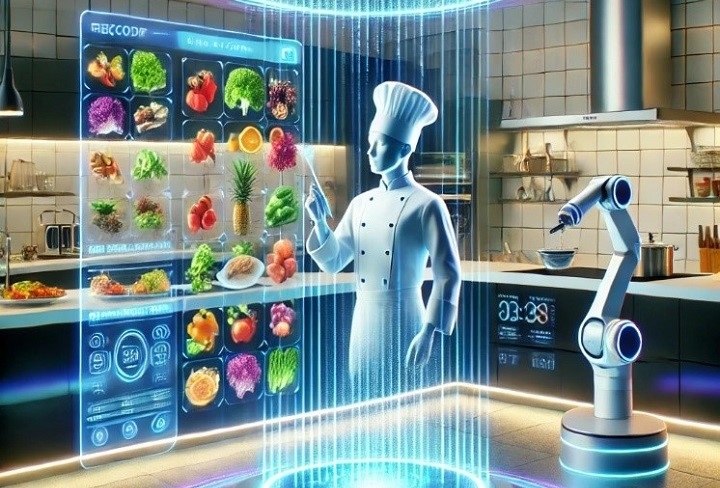
In this chapter, we have highlighted a set of AI tools that can help chefs and culinary experts in their professional work.
ChatGPT: AI for Recipe Development and Customization
ChatGPT, a versatile language model, can assist culinary professionals in creating, customizing, and refining recipes. It also offers ingredient substitutions, suggests dietary modifications, and helps you craft compelling descriptions for your dishes.
Benefits
- New recipes based on specific ingredients or themes are created.
- Recipes are customized for various dietary needs (e.g., gluten-free, vegan).
- Ingredient substitutions and flavor pairings are provided.
Use Cases
Recipe Creation and Customization − ChatGPT can generate entirely new recipes based on certain ingredients or create variations on existing recipes.
Prompt − Create a unique pasta dish using zucchini, basil, and lemon.
Dietary Modification − ChatGPT can suggest alternatives for ingredients to make recipes vegan, gluten-free, or allergen-friendly as per your dietary needs.
Prompt − Modify a classic lasagna recipe to be gluten-free and dairy-free while maintaining rich flavors.
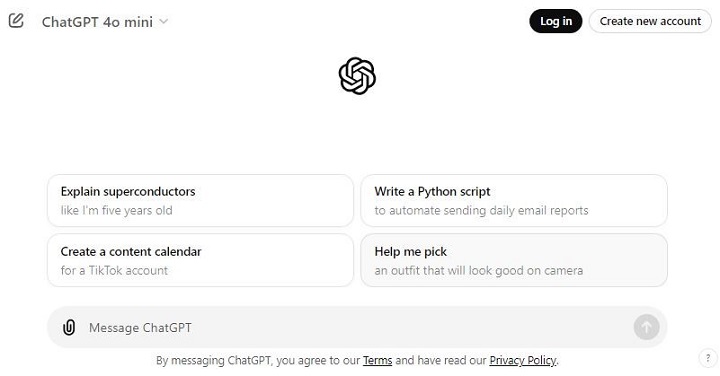
FoodAI: AI-Powered Recipe and Meal Planning
FoodAI specializes in creating recipes, meal planning, and nutritional analysis. They assist culinary professionals in crafting balanced menus and developing meals that meet specific dietary restrictions or nutritional goals.
Benefits
- Generates balanced meal plans that include nutritional breakdowns.
- Creates recipes tailored to specific dietary restrictions (e.g., low carb, high protein).
- Offers nutritional insights to aid in recipe development.
Use Cases
Personalized Meal Planning − Use FoodAI to design meal plans for customers with specific dietary needs, catering to personal training clients, restaurants, or catering services.
Prompt − Create a 7-day meal plan with high protein and low carbs for an active adult.
Nutritional Breakdown for Menus − Make sure your recipes meet nutritional requirements by using FoodAI to create a detailed analysis of calories, macronutrients, and vitamins.
Prompt − Provide a nutritional breakdown for a Mediterranean quinoa salad with feta, olives, and chickpeas.
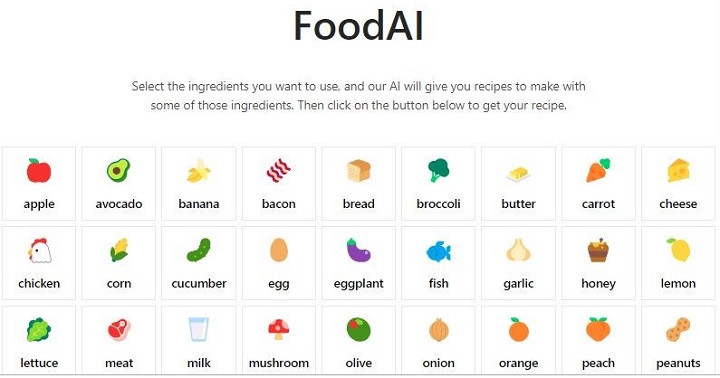
Spoonacular: AI for Ingredient Pairing and Recipe Recommendations
Spoonacular is an AI-powered recipe database that can provide insights into food trends and popular dishes. To help culinary experts discover new ingredient pairings Create a recipe and recommend foods based on specific dietary preferences.
Benefits
- Suggests unique ingredient pairings for creative recipes.
- Recommends recipes based on dietary needs or ingredient availability.
- Offers insights into trending recipes and food preferences.
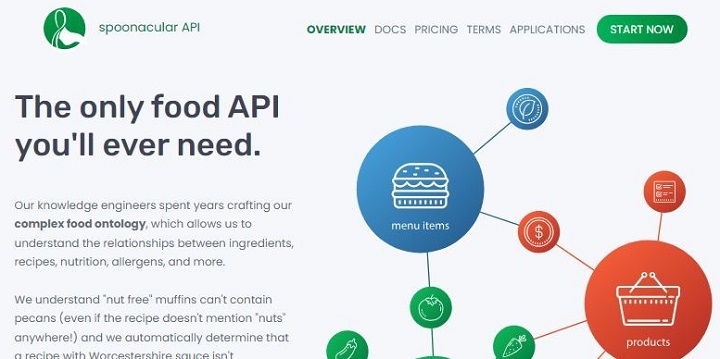
Use Cases
Ingredient Pairing Suggestions − Spoonacular can recommend flavors and ingredients that go well together if you need inspiration for unique ingredient combinations
Prompt − Suggest interesting ingredient pairings for a fall-inspired dessert using pumpkin and cinnamon.
Recipe Recommendations Based on Available Ingredients − Spooncooler can give you recipe ideas based on what you have in your pantry, reducing food waste and maximizing your creativity.
Prompt − I have chicken, sweet potatoes, and spinach. Give me some recipe ideas that I can create using these ingredients?
IBM Chef Watson: AI for Creative Recipe Development
IBM Chef Watson is an artificial intelligence that employs cognitive computing to create unique and inventive recipes. It excels at proposing unusual combinations of ingredients and offering fresh interpretations of classic dishes.
Benefits
- Create creative and imaginative dishes that challenge traditional cooking methods.
- Provides unique ingredient pairings based on chemistry and flavor.
- Encourage culinary experts to explore new techniques and ingredients.
Use Cases
Creative Recipe Generation − If you want to create something truly original, you can use Chef Watson to develop recipes that combine unexpected ingredients in harmonious ways.
Prompt − Create an avant-garde dessert using strawberries, balsamic vinegar, and thyme.
Reinventing Classic Dishes − Use Chef Watson to refresh classic recipes by introducing unique flavors or ingredients that give them a contemporary twist.
Prompt − Reimagine a traditional Caesar salad using ingredients from Southeast Asia.
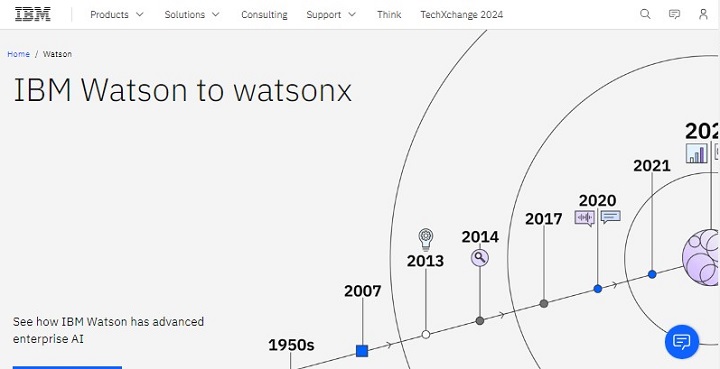
Whisk: AI for Recipe Collaboration and Scaling
Whisk is a recipe management platform that uses AI to help culinary professionals scale recipes. It organizes the ingredient list and enables teams to collaborate on new dishes, making it especially useful for restaurants, cafeterias, or large-scale food production.
Benefits
- Scales recipes for different serving sizes or kitchen capacities.
- Enables teams to collaborate by creating and modifying recipes in real time.
- Generates shopping lists and manages ingredients based on recipes.
Use Cases
Scaling Recipes for Catering or Restaurant Menus − Automatically adjust recipes for different serving sizes to make it easier for you to scale dishes for large events or restaurant menus.
Prompt − Scale this beef stew recipe to serve 50 people, and adjust the ingredient quantities accordingly.
Collaborative Recipe Creation − Work with team members to create, edit, and manage recipes in a shared space. To make sure everyone is on the same page.
Prompt − Allow multiple chefs to collaborate on a fusion dinner menu and propose ingredient changes in real time.
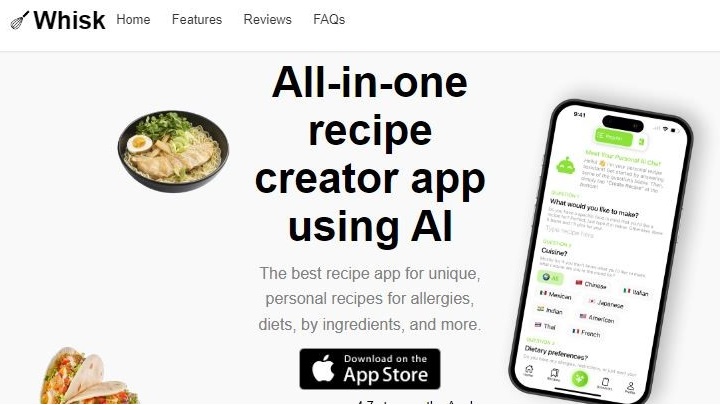
CulinaryAI: AI for Restaurant Menu Design and Optimization
CulinaryAI assists chefs and restaurant owners in creating, refining, and evaluating their menus. It can recommend popular dishes, support pricing strategies, and offer nutritional insights for health-aware customers.
Benefits
- Designs menus based on customer preferences, trends, and dietary needs.
- Provides strategies for optimizing menus, including pricing and dish placement.
- Analyzes the profitability of dishes by evaluating ingredient costs.
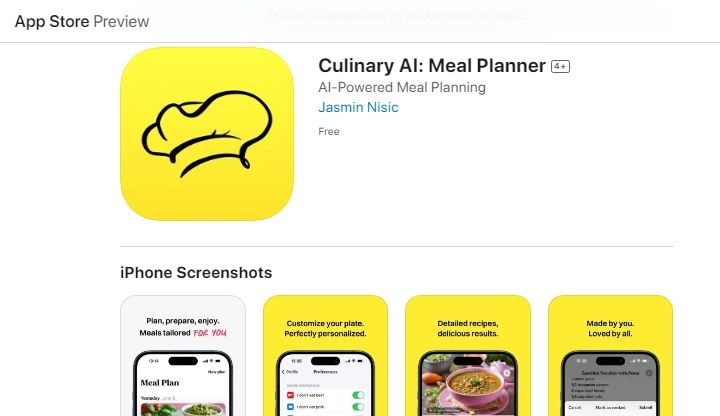
Use Cases
Menu Optimization − Use CulinaryAI to evaluate your menu and suggest adjustments that can enhance customer satisfaction or increase profitability.
Prompt − Review my current menu and recommend dishes that could attract health-conscious customers.
Price Optimization − CulinaryAI helps you optimize pricing by considering ingredient costs and profit margins.
Prompt − Recommend price adjustments for my steak dishes based on the rising cost of beef, while maintaining profitability.
Conclusion
Generative AI tools such as FoodAI, Spooncular, Chef Watson, Whisk, and CulinaryAI can help culinary professionals in several ways. These tools enhance recipe creation, improve menu development, and assist chefs in pairing ingredients, which saves time, sparks creativity, and boosts efficiency in the work process.